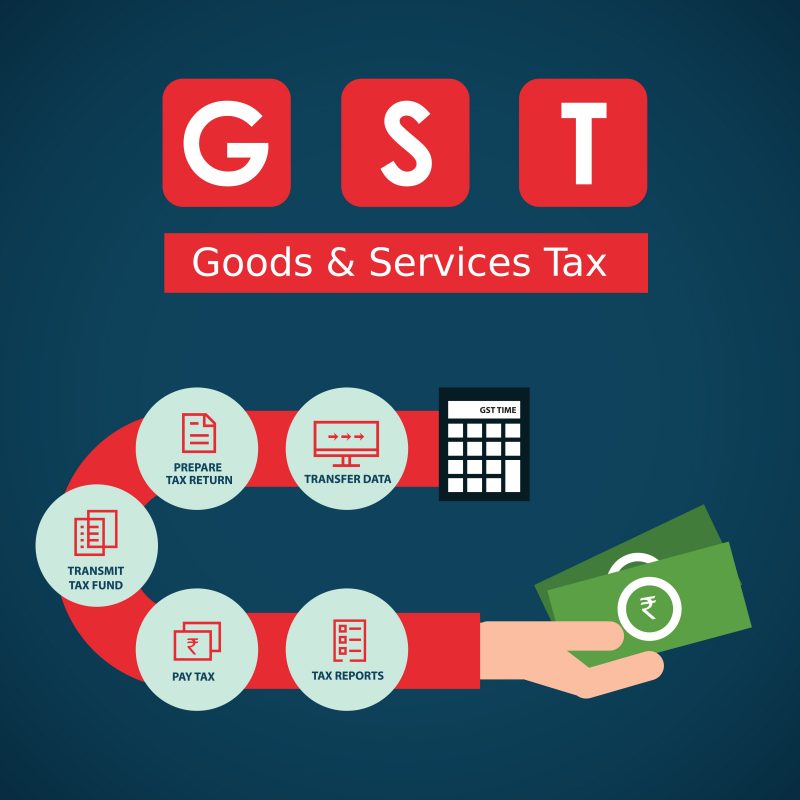Banks lend uncollateralised loans under the Pradhan Mantri Mudra Yojana (PMMY). To monitor the non-performing assets (NPAs), the Reserve Bank of India (RBI) has directed banks to monitor the repayments of such mudra loans.
The mudra loans were granted to allow credit facilities to small business enterprises. However, there has been a growing concern about their repayment capacity at the appraisal stage. Hence, banks have been directed to monitor the loans through their life cycle closely.
The PMMY scheme was launched in April 2015 to grant loans up to Rs 10 lakh to the non-corporate, non-farm small/micro enterprises without any collateral. In the last three financial years, about 7.28 lakh crore loans had been disbursed to 3.27 crore marginal and small entrepreneurs, including Scheduled Castes (SCs) and Scheduled Tribes (STs).
Also, the banking sector could face systemic and concentration risks that could emerge in the microfinance sector. Systemic risk may arise out from unsustainable credit growth, increased interconnectedness and financial risk from lower profitability.
Microfinance institutions typically lend at grassroot level, thus limiting their operations geographically and focussing at certain areas only, which leads to concentration risks. Hence, microfinance institutions should broaden their client outreach to reduce the concentration risk in their interest and to serve a broader client base.
Also Read: Children given access to savings account with RBI’s recent policy tweaks
Also, microfinance institutions should review their operations to focus on financial inclusion to cover other regions too. The role of microfinance institutions is growing in the country.
Many leading e-commerce companies have also tied up with banks and non-banks to extend working capital loans to micro and small businesses. The Goods and Services Tax (GST) has also enabled the inclusion of the informal economy under the banking sector.
Micro and small enterprises have become business clients for banks and NBFCs and MFIs, thereby reducing their dependence on the informal source of funds. The cost of credit for the micro and small enterprises would also decrease upon a shift from collateral-based lending to cash flow based lending.
An expert committee set up on Micro, Small and Medium Enterprises has said that there was a need for the reimagining of MUDRA Scheme. The committee observed that MUDRA would require enhancement of in-house (or outsourced) capabilities, including underwriting, risk management, fundraising based on its AAA rating and a sharper focus on emerging trends in the market.
For any clarifications/feedback on the topic, please contact the writer at sweta.dugar@cleartax.in
I am a Chartered Accountant by profession. I specialise in personal taxes and corporate income tax matters. I am an avid reader and track developments in financial markets, economy and other market developments.





